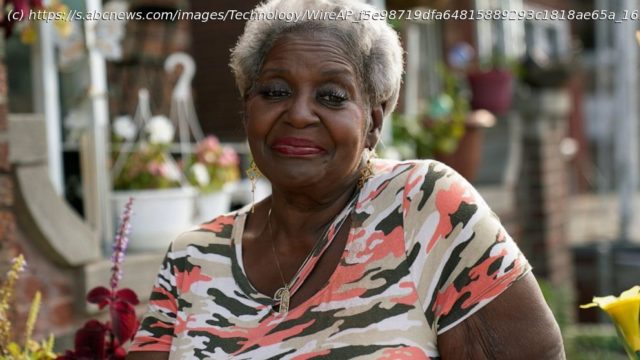Array
A couple of years into the pandemic, Shirley Neville had finally had enough of her crappy internet service.
“When I was getting ready to use my tablet for a meeting, it was cutting off and not coming on,” said Neville, who lives in a middle-class neighborhood in New Orleans whose residents are almost all Black or Latino.
Neville said she was willing to pay more to be able to Zoom without interruption, so she called AT&T to upgrade her connection. She said she was told there was nothing the company could do.
In her area, AT&T only offers download speeds of 1 megabit per second or less, trapping her in a digital Stone Age. Her internet is so slow that it doesn’t meet Zoom’s recommended minimum for group video calls; doesn’t come close to the Federal Communications Commission’s definition of broadband, currently 25 Mbps; and is worlds below median home internet speeds in the U.S., which average 167 Mbps.
“In my neighborhood, it’s terrible,” Neville said.
But that’s not the case in other parts of New Orleans. AT&T offers residents of the mostly white, upper-income neighborhood of Lakeview internet speeds almost 400 times faster than Neville’s—for the same price: $55 a month.
—
This story was reported by The Markup, and the story and data were distributed by The Associated Press.
—
The vast gulf between the qualities of service AT&T offered these neighborhoods for the same cost is not a fluke.
The Markup gathered and analyzed more than 800,000 internet service offers from AT&T, Verizon, Earthlink, and CenturyLink in 38 cities across America and found that all four routinely offered fast base speeds at or above 200 Mbps in some neighborhoods for the same price as connections below 25 Mbps in others.
The places neighborhoods offered the worst deals had lower median incomes in nine out of 10 cities in the analysis. In two-thirds of the cities where The Markup had enough data to compare, the providers gave the worst offers to the least white neighborhoods.
These providers also disproportionately gave the worst offers to formerly redlined areas in every one of the 22 cities examined where digitized historical maps were available. These are areas a since-disbanded agency created by the federal government in the 1930s had deemed “hazardous” for financial institutions to invest in, often because the residents were Black or poor. Redlining was outlawed in 1968.
By failing to price according to service speed, these companies are demanding some customers pay dramatically higher unit prices of advertised download speed than others.






